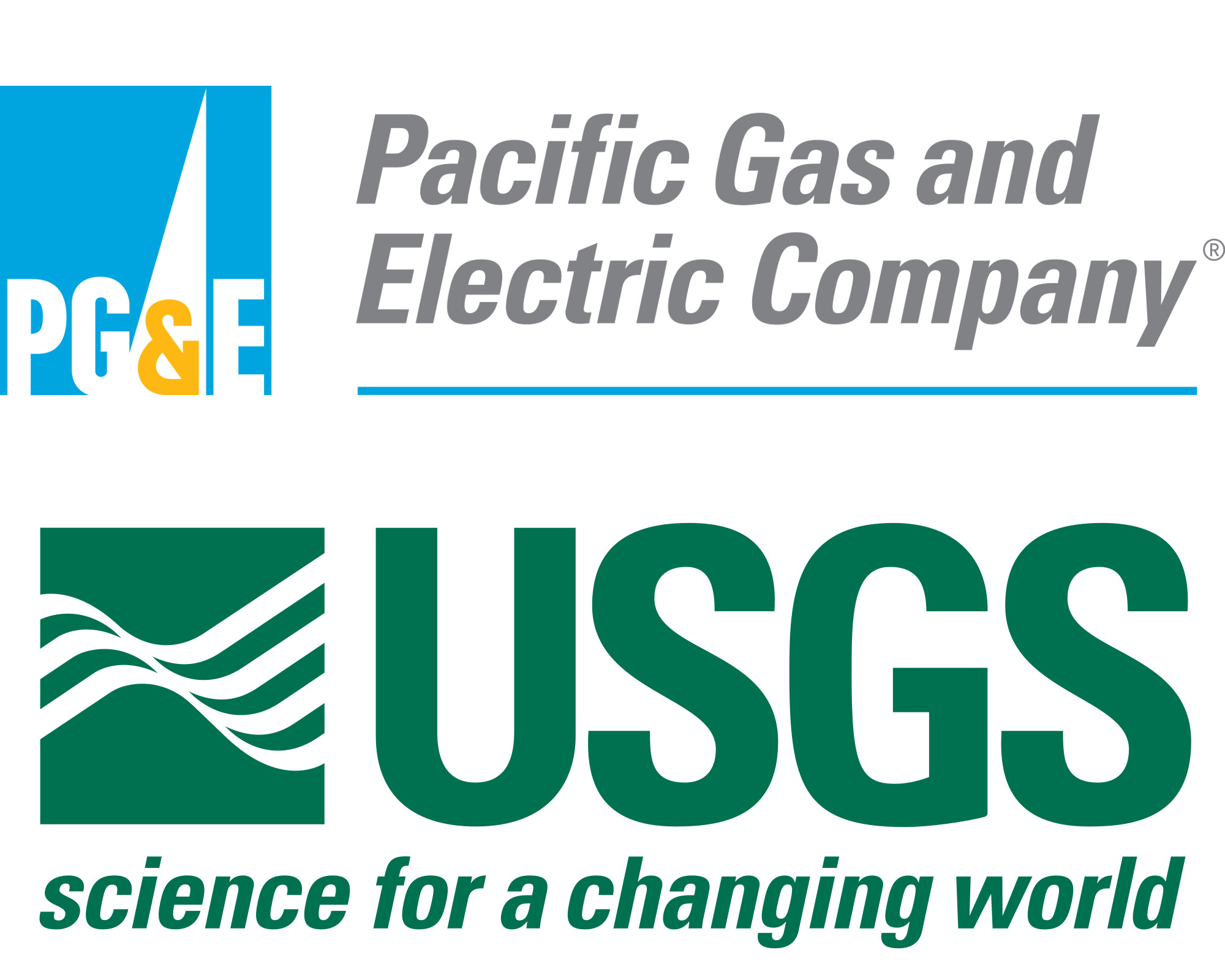Overview
The Wildlife Liquefaction Array (WLA) is a ground motion monitoring and liquefaction research site located at the southern most terminus of the San Andreas Fault system. The WLA field site records numerous earthquakes daily in this seismically active area. WLA is situated in California's Imperial Valley on the west bank of the Alamo River 13 km due north of Brawley, California and 160 km due east of San Diego.
Records from WLA provide essential information to scientists who study ground response, ground failure, and liquefaction as this site is highly susceptible to increases in pore pressure. Predicting these effects using computer models requires instrumented field sites to validate the simulation methods against real observations.
Instrumentation of the site began in 1982 under the USGS but got a major ungrade and expansion when the loaction became a NEES site in 2001.

